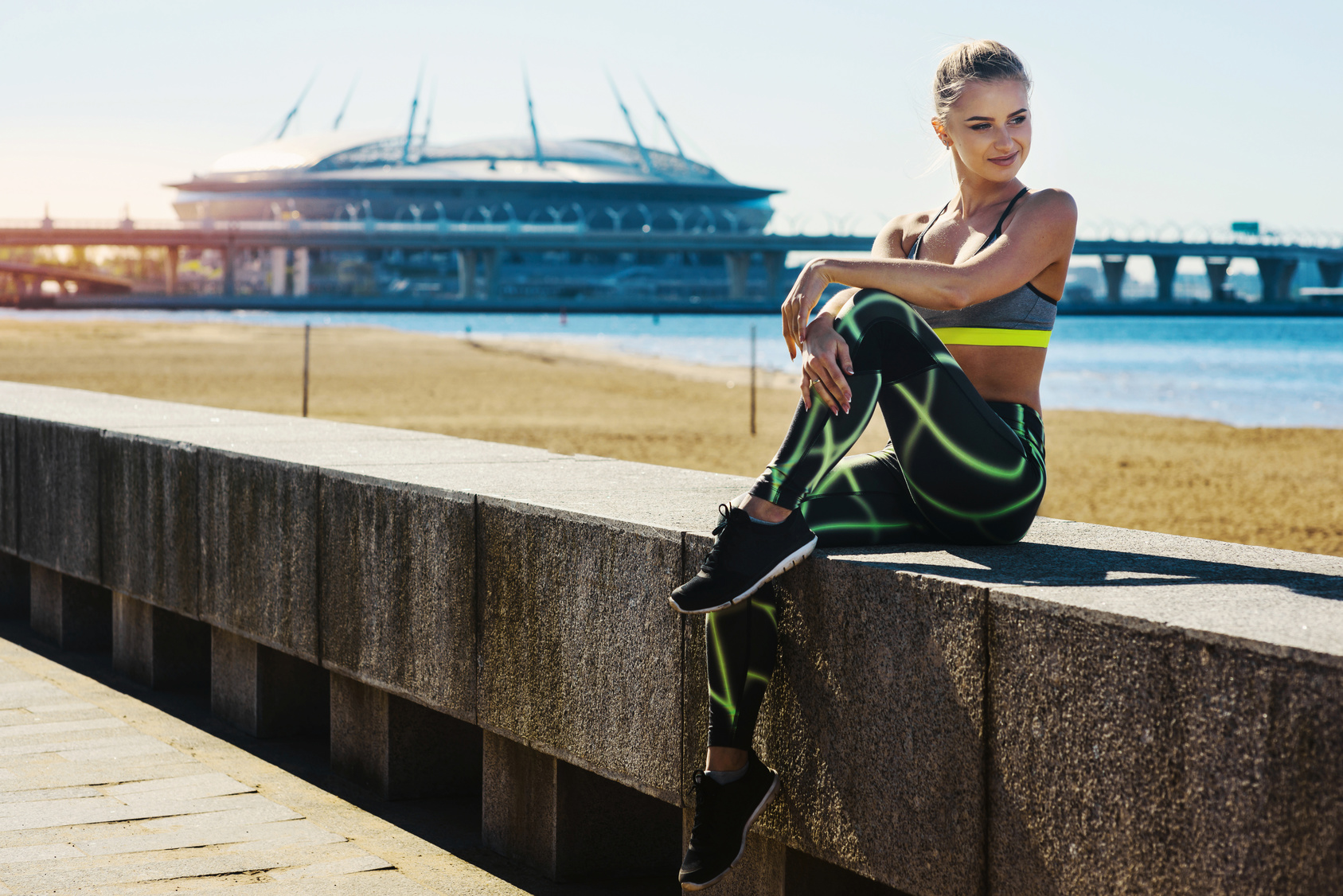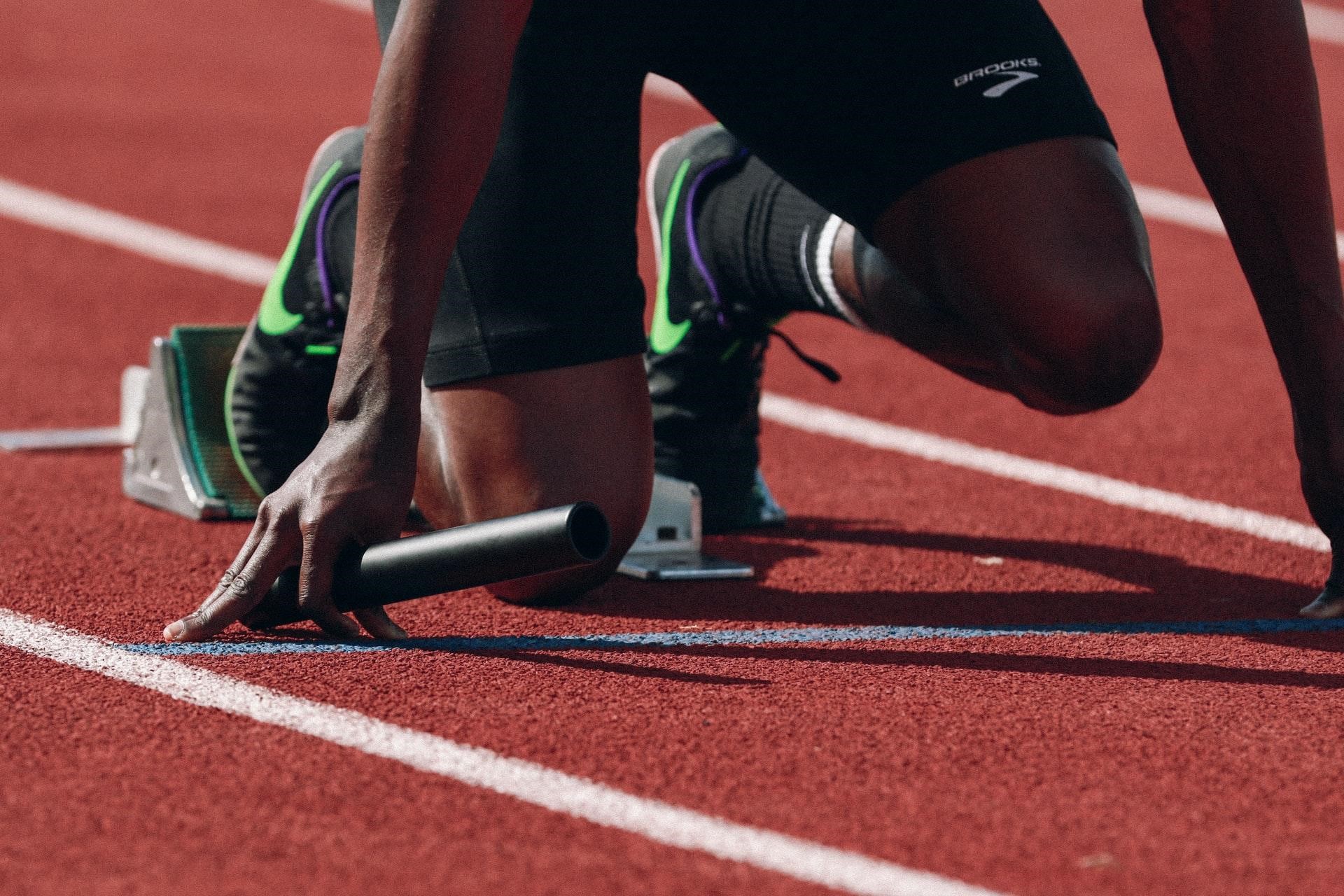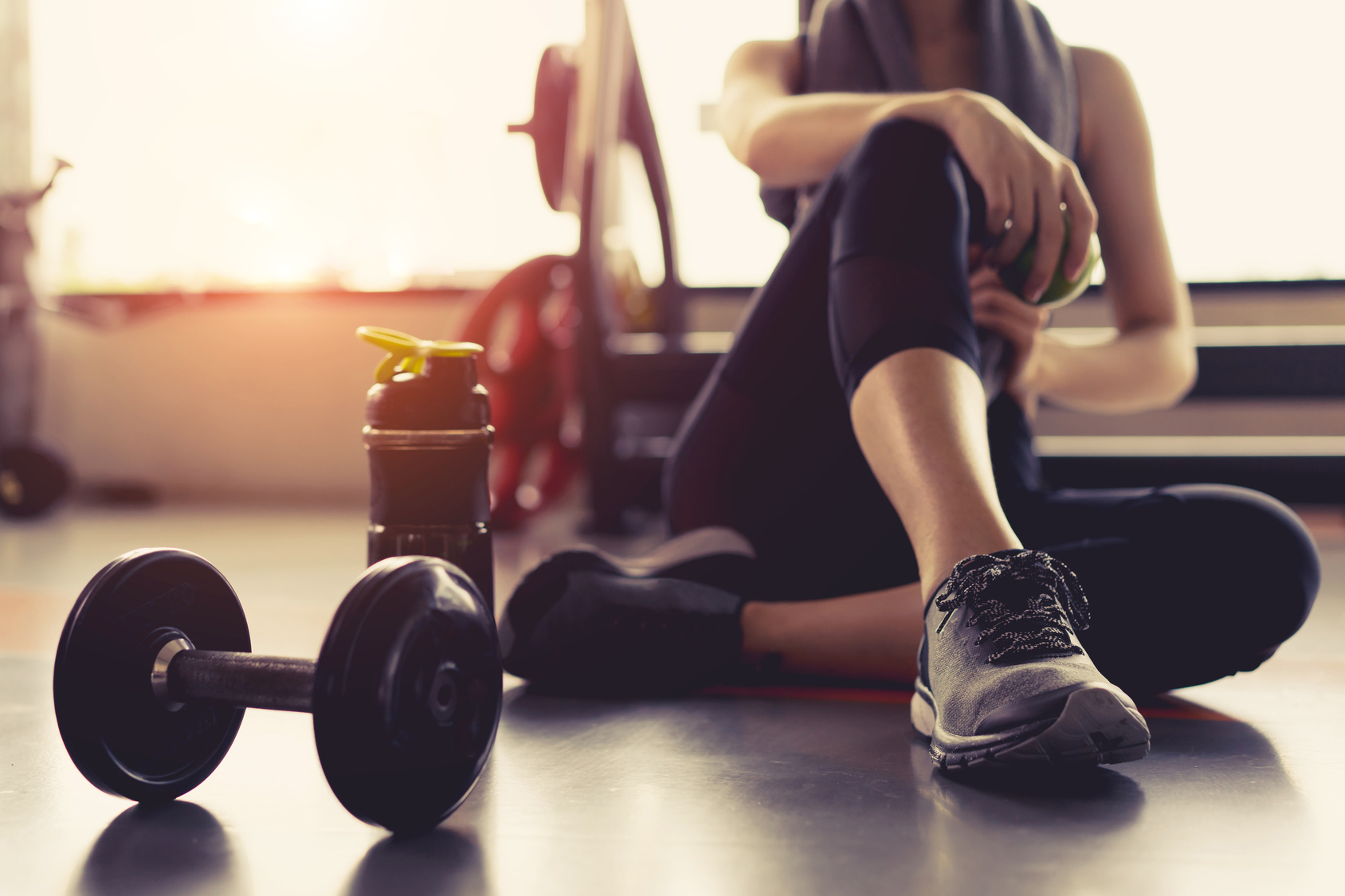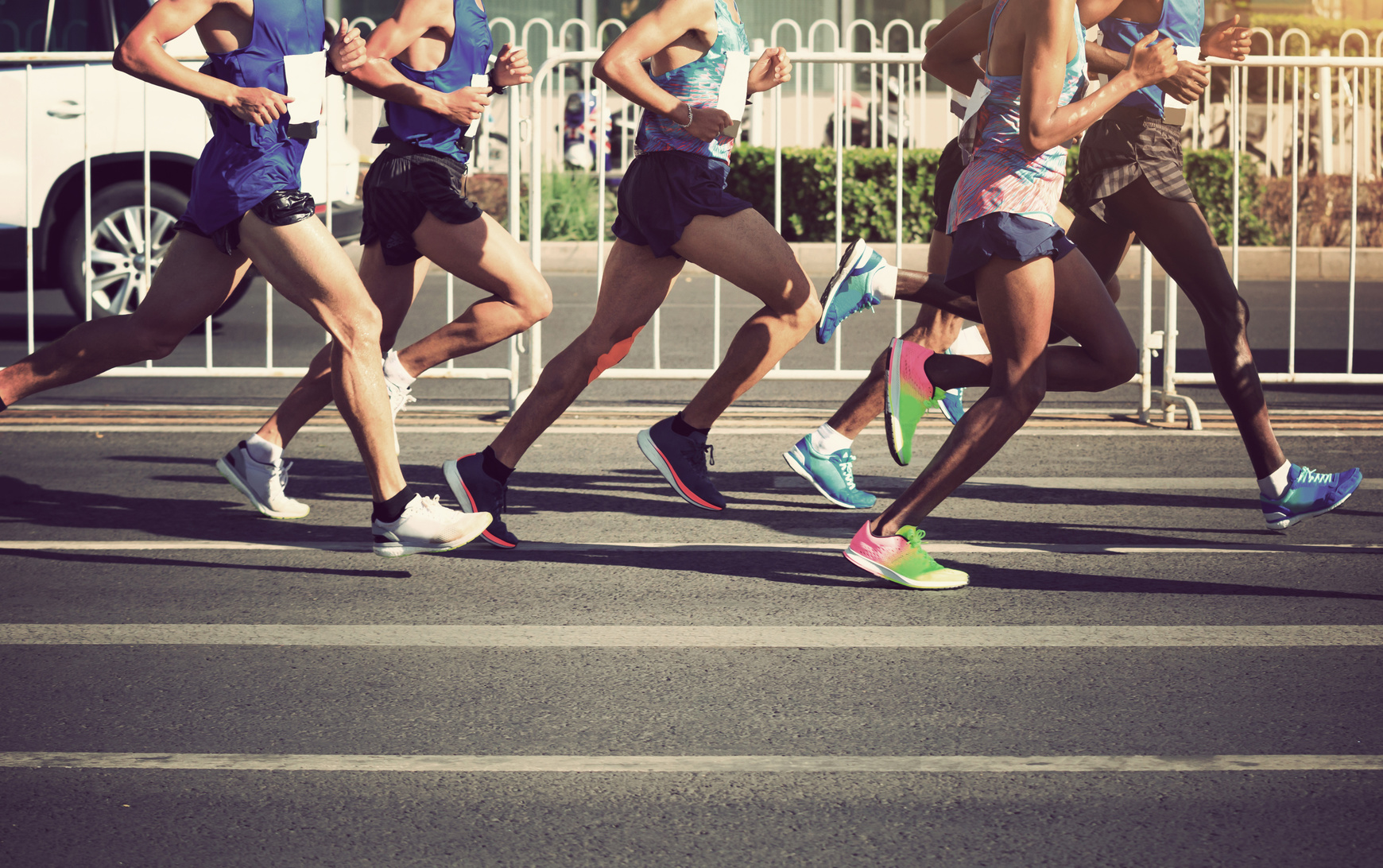Hey – I’m David Dack, a running coach based in Bali. And I’ll be honest: a few years back, I thought pasta was the holy grail of endurance fueling.
Pre-race? Pile it on. Long run? Gimme more.
That was before I tried cutting carbs and loading up on fat instead.
Not gonna lie – I was skeptical at first. But after a few weeks of experimenting with high-fat, low-carb meals, things started to shift.
My energy? Smoother. Recovery? Faster. And the weight? Slowly dropped without the hunger swings.
Now, I’m not some keto preacher. I still crush a plate of nasi goreng (fried rice) now and then.
But I’ve seen how a low-carb phase can help runners kickstart fat-burning, stay energized on long days, and even trim down when needed.
In this post, I’ll walk you through some of my go-to keto-friendly meals – all real food, real simple, and real runner-tested.
No fluff. No guru talk. Just meals that actually helped me stay strong and light on my feet.
High-Fat Keto Recipes That Actually Work for Runners
Here’s my personal list – low-carb, high-fat dishes that kept me fueled and satisfied without crashing mid-run. Some I use as go-to meals. Others are my secret weapons on hectic days when I need something fast, filling, and runner-approved.
Tip: Click the recipe names to see the full instructions, nutrition, and breakdowns.
Quick Stat Check
Each of these recipes lands somewhere between 5 to 10 grams of carbs per serving. That’s way below your typical runner’s breakfast.
Stick with under 25g of carbs per day, and your body starts flipping the switch – burning fat for fuel instead of sugar.
Don’t know what to eat on keto? Here’s your list.
It’s wild how the body adapts. Let’s dig in.
Breakfast & Brunch: Start Fast (Not Furious)
If breakfast is where your day begins, this is where your fat-fueled journey starts. These meals are easy on the stomach, great before a morning jog, or perfect to recover afterward without reaching for sugary cereal.
Keto Egg Muffins
Basically a frittata in cupcake form. Eggs, cheese, bacon, spinach – whatever you’ve got. Make a batch, toss them in the fridge, and you’re set for a few days.
I usually grab one before a 6 a.m. run (no bloat, still enough fuel), then another post-run to hit my protein. These are life-savers on busy mornings.
Zero prep once made, and they’re packed with protein and fat – barely any carbs.
Garlic Keto Bread (with Eggs & Avocado)
Miss toast? I did too. This almond flour-based bread has a chewy texture that hits the spot. I’ll toast a slice, smash avocado on it, drop a fried egg on top – boom, breakfast.
Sometimes I’ll eat this as a late lunch too. It’s like garlic bread you don’t have to feel guilty about. Just a few grams of carbs per slice, and the fat keeps you full for hours.
Cinnamon “Keto” Bread
Sweet tooth in the morning? This one’s your jam. A mix of almond and coconut flour with cinnamon, butter, and eggs. Toss it in the microwave or oven and you get a moist, slightly sweet loaf – ~4g net carbs per serving.
I actually made this as a dessert first, but now it pairs perfectly with my morning coffee. Sometimes I drizzle a quick cream cheese glaze on top. It’s like having a cinnamon roll… minus the crash.
Avocado Deviled Eggs
These are sneaky good. Take classic deviled eggs, mix in mashed avocado and a little Dijon, and boom – you’ve got a fat-packed snack that tastes amazing.
They’re creamy, rich, and oddly filling. I’ll eat 3 or 4 halves before a long run – that’s 10g of protein, a solid dose of fat, and pretty much no carbs. And if I’m hosting friends? These disappear fast – no one suspects they’re “keto.”
Cottage Cheese-Filled Avocado
This one is peak lazy-runner meal… and I mean that in a good way. Just grab a ripe avocado, scoop out the pit, and spoon in some full-fat cottage cheese.
Salt, pepper, maybe some chili flakes or everything bagel seasoning – done. The combo of creamy and tangy is just solid.
I’ve even used this as a quick lunch with a handful of almonds. Super satisfying, and again – fat-fueled without spiking blood sugar.
Bonus: Bulletproof Coffee
Not a meal, but it deserves a mention. I used to drink bulletproof coffee before track sessions – black coffee blended with butter or ghee and MCT oil.
Sounds weird, right? But it gives you that creamy latte vibe and a big shot of clean fat energy. It kept me focused and surprisingly full until lunch.
Just a heads-up: it’s calorie-heavy (easily 200+), so it’s not “light” – but it is effective. If you’re fasting, this technically breaks the fast, but it doesn’t mess with blood sugar much. Worth trying if you’re a coffee person.
Lunch & Dinner: High-Fat Feasts That Actually Satisfy
Forget those sad sandwiches and forgettable carb-heavy dinners. These meals pack a punch—loaded with fats, protein, and real flavor.
They’re perfect when need fuel after a long run or just need to get your calories in.
I’ve used these meals in my own training cycles—especially during keto phases—and they kept me full, energized, and ready for the next session.
Zucchini Noodle Salad with Cheese & Tomatoes
Zoodles. Yep, I used to roll my eyes too. But this dish (recipe #3) converted me.
You spiral fresh zucchini into long strands, toss it with cherry tomatoes, chunks of cheese (I’m a fan of feta, but mozzarella works great), olive oil, and fresh basil.
A dash of balsamic vinegar?
Sure—just a teaspoon won’t break your carb bank. It’s around 6g net carbs, mostly from the tomatoes.
This one’s fresh, light, but surprisingly filling. I used to crash after pasta lunches—zoodles don’t do that. And hey, if you’ve got grilled chicken or shrimp lying around, toss it in. Boom: a post-run recovery lunch that won’t slow you down.
Keto Salad Niçoise
The classic French version has potatoes and green beans—not exactly keto-friendly.
So I make my own version (recipe #6): lettuce, tuna or salmon, hard-boiled eggs, olives, and if I’m feeling it, some blanched cauliflower for texture.
The dressing? Dijon mustard, vinegar, and lots of olive oil. Salt and pepper. That’s it.
I love this because it’s fancy without being fussy. Less than 10g net carbs, mostly veggie-based.
Great fats from egg yolks and olives. I’ve crushed this salad mid-week and felt zero food coma—just steady, clean energy.
Runner prompt: What’s your favorite protein-packed salad?
Low-Carb Taco Salad
Taco cravings? I feel you. I’m a sucker for Mexican food.
This salad (recipe #19) nails all the flavors—without the tortillas. Start with crisp romaine or iceberg, load up seasoned ground beef or turkey, avocado chunks, shredded cheddar, olives, tomatoes, and a dollop of sour cream.
Feeling fancy? Add pork rinds or cheese chips on top for crunch. The seasoning—cumin, paprika, oregano—brings that taco punch.
Keto Eggplant Burgers
Burger night? Oh, it’s still happening. This recipe (#4) is genius—thick slices of grilled Japanese eggplant act as the bun.
Stack it with a juicy pork or beef patty, cheese, lettuce, mustard, whatever toppings you love. Yeah, it’s messy. You’ll probably need a fork. But it hits the spot.
Each “burger” clocks in around 6g net carbs, mostly from the eggplant. I love this one because it sneaks in veggies without tasting like a salad. Pair it with a keto coleslaw and you’re golden.
Creamy Keto Meatballs
This is my go-to weeknight dinner. Think: rich Swedish-style meatballs—beef, turkey, or pork—simmered in heavy cream, beef broth, garlic, and herbs. I usually serve mine over cauliflower mash or zucchini noodles.
I swear, this one feels like cheating. But it’s not. It’s high in fat and protein, and the carbs?
Just about 5g net, thanks to the onions and spices. I often double the batch and freeze half—it saves me on those nights I don’t feel like cooking.
Salmon & Avocado Nori Rolls (Keto Sushi)
Miss sushi? Me too.
These rolls ditch the rice and use seasoned cauliflower rice or cream cheese instead. Fill them with smoked salmon and avocado, wrap in nori, and you’ve got low-carb sushi that actually satisfies.
Each roll is about 2–3g net carbs, depending on what you stuff it with. Omega-3s from the salmon, creamy avocado, salty seaweed—it hits all the notes. Great as a light lunch or to impress friends who think keto means “boring.”
Dip it in coconut aminos or tamari if you’re gluten-free.
Keto Hot Dogs with 2g Carb Buns
Yes, hot dogs are back. This recipe uses almond flour buns that only have ~2g net carbs each. I bake them in batches and keep them ready in the fridge. The texture isn’t exactly bakery-soft, but it holds up well.
I load mine with sugar-free mustard, sauerkraut, shredded cheese—you name it. It’s more about nostalgia and fun than macros, but hey, even runners need BBQ nights.
Spicy Shrimp & Avocado Salad
I make this when it’s hot and I want something that feels clean. Pan-seared shrimp with spices, creamy avocado, a handful of greens, and a kicky lemon-lime dressing.
This one comes in under 8g net carbs, mostly from the veggies and citrus. It’s light but packs in minerals, healthy fats, and lean protein. I throw in whatever’s in my fridge—cucumbers, bell peppers, whatever’s fresh.
Keto Greek Salad (Horiatiki)
This one’s pure Mediterranean magic. No lettuce—just chopped tomatoes, cucumbers, feta, olives, olive oil, oregano, and vinegar.
A big plate runs around 6–7g net carbs—and you can turn it into a full meal by adding grilled chicken or lamb. Salty, tangy, refreshing—and loaded with electrolytes runners actually need.
Keto Fish Sticks
These (recipe #18) are grown-up versions of the freezer fish sticks we all ate as kids. Alaskan cod strips breaded in crushed pork rinds, almond flour, and parmesan, then baked or pan-fried.
Crunchy outside, flaky inside. Around 3g net carbs per serving. Dip in sugar-free tartar or spicy mayo. I serve these with roasted broccoli or cauliflower mash.
Even non-keto folks ask for seconds. And they deliver solid protein and omega-3s.
Snacks & Sides: Low-Carb Fuel to Keep You in the Game
Look, hunger strikes at the weirdest times—right after your afternoon run, or smack in the middle of a Zoom call. That’s where these snacks come in.
Fast, high-fat, no B.S. fuel. Some double as sides for meals. Others are party crashers that won’t blow your carb count.
Cheese Crisps & Chips
Some days, you just need that crunch. My go-to? Homemade cheese crisps. Dead simple: toss some shredded mozzarella or cheddar in little piles on a baking sheet, hit ’em with oregano and garlic powder, then bake till they crisp up like golden wafers.
Zero-carb, all-fat flavor bombs. And yes, they slap.
Discovered Halloumi fries last year—total game-changer. Slice that salty, grillable cheese into sticks, toss in a hot pan, and boom: crispy edges, gooey center. Dip in sugar-free marinara and thank me later.
When I’m in a rush, I grab those store-bought parmesan crisps (one ingredient: cheese). I stash them in my car. Just don’t go ham on them—been there, ate an entire bag, no regrets but… lesson learned.
Low-Carb Tortilla Chips
If you’re willing to put in a little kitchen time and you miss real chips, this recipe is where it’s at.
Mix up almond flour, flaxseed meal, and cheese into a dough, roll it thin, bake. What you get tastes shockingly close to corn chips, but with way less guilt.
I make these for Netflix nights or when friends come over. No one notices they’re “keto.”
Season with salt, chili, or cumin—get creative. They aren’t quite as sturdy as store chips, but they’ll hold your guac.
Bonus: flaxseed = fiber and omega-3s. That’s a win.
Jalapeño Poppers
Spicy. Cheesy. Wrapped in bacon. Do I need to go on?
These keto jalapeño poppers are party gold and one of my favorite post-run indulgences. Just halve some peppers, stuff ’em with cream cheese and cheddar, then wrap in bacon and bake.
They’ve got barely any carbs and a solid hit of fat and protein. Plus, the spice gives you that little mood-lifting kick—especially nice when you’re dragging.
Zucchini Grilled Cheese Bites
If you’re bored with the usual stuff, try this twist. This recipe takes shredded zucchini, egg, and cheese and fries it into little “bread” patties. Then you throw cheese in the middle and make a grilled cheese sandwich—keto style. Cut them up into squares, and boom, snack bites.
I like dunking them in low-carb tomato soup (just use tomatoes, broth, a splash of cream, and basil—ditch the sugar). Zucchini disappears flavor-wise; all you taste is cheesy goodness. A sneaky way to get in veggies. Works on kids too.
Meat & Cheese Roll-Ups
Quick and dirty. Grab deli meat—turkey, ham, roast beef—stack with cheese, maybe a smear of mustard or cream cheese, add a pickle or cucumber strip, roll it up. Done.
Now, the upgraded version? Fry a slice of cheese until it starts to crisp, then roll it into a tube while it’s still warm.
Let it cool and harden. Fill it or eat it plain. Crunchy, greasy, perfect. I keep both versions in my road trip cooler.
Zero-Prep Grab-and-Go
You don’t always have time to cook. That’s when the classic stuff comes in:
- A handful of almonds or walnuts
- A hard-boiled egg (or two)
- String cheese
- Celery with cream cheese or peanut butter
- Beef jerky (watch the sugar content)
- Pork rinds (weird at first, but solid chip substitute)
This is literally a rapid-fire snack list with stuff like: cheese and olives, strawberries with cream, avocado with salt, kale chips, jerky, radishes with butter (yeah, I was skeptical too, but it’s weirdly good). French people snack that way—guess they’re onto something.
I portion my nuts into baggies so I don’t crush a whole jar mindlessly. And there are always boiled eggs in my fridge—they’re like nature’s protein bar, already wrapped and everything.
Runner Notes
On high-mileage days, especially double sessions, these snacks kept me sane. I’d throw back a fat bomb or a few almonds before my second run. Gave me steady energy, no crash, and didn’t knock me out of ketosis.
Post-run, if dinner was still hours away? Cottage cheese or a shake with almond milk and MCT oil did the trick.
Wondering if you can keep running on the keto diet? Check out this guide.
Let’s Wrap This Up
So what’s next?
Try one recipe. Just one. See how your body reacts. Or commit to a 2-week trial. Log how you feel, especially on your runs. Don’t overthink it—just treat it like a training block.
It’s not forever. It’s an experiment.
And I’m here cheering for you, no matter which road you take. Keto might be your missing link, or it might be one tool in a bigger toolbox. That’s cool.
Either way, I hope you leave this guide feeling more in control, more informed, and more confident than when you clicked in.










